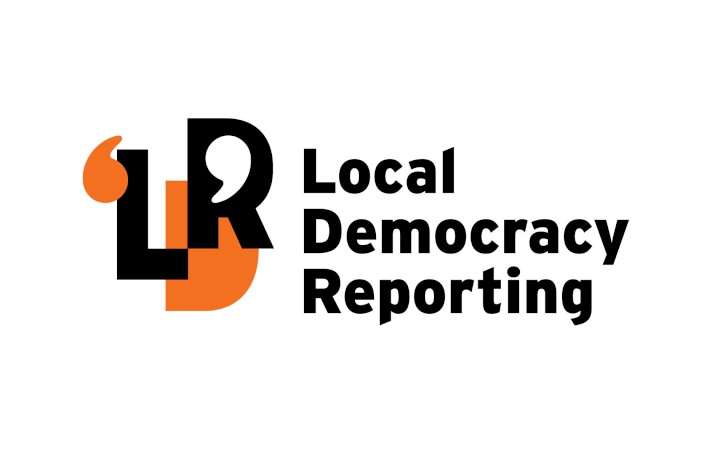Rotorua’s council is working with its “friends down the road” in a bid to secure a coveted regional deal.
City and regional deals are a government initiative to establish long-term agreements between central government and local authorities.
The programme would unlock funding and resource opportunities to support councils making improvements in their region, such as to roading, infrastructure and the supply of quality housing.
Deals would have a 30-year vision for the region and a 10-year strategic plan, and would rely on existing resources rather than new funding. New funding could be allocated as it became available.
The first deal will be finalised by December and another two by October next year.
Rotorua’s neighbours in the Bay of Plenty, Western Bay of Plenty District Council and Tauranga City Council, were quick to plan a proposal, with both mayors keen to get the ball rolling.
Rotorua councillors heard at a Community and District Development Committee meeting on Wednesday how the council was looking at a deal with Taupō District Council.
The two lakeside geothermal districts, connected by State Highway 5, are in different regional council areas but worked together in areas such as health.
At the meeting, RotoruaNZ chief executive Andrew Wilson said the city was “working with our friends down the road”.
He shared details ahead of the joint-council “light-touch” proposal submission, which had a February 28 deadline.
Wilson said there was “no pot of gold” or cash and it was about looking for what funding tools could “be brought to the table” to unlock growth.
It used already-available resources and information to develop the proposal, he said, and did not use consultants.
The proposal’s four focus areas were tourism, forestry and bioeconomy, energy and decarbonisation, and freight and logistics.
An overview said RotoruaNZ was working with its Taupō economic development agency counterpart Amplify with oversight and input from the two district councils.
It suggested initiatives such as a GST rebate, streamlining processes for foreign investors, research and development tax credits, and recognising the Tauranga-Rotorua-Taupō freight corridor as “critical infrastructure” could be priorities in the deal.
A report prepared by the council’s destination development group manager Jean-Paul Gaston said Rotorua and Taupō had a combined economic value of over $7 billion annually to New Zealand’s GDP.
The Taupō-Rotorua Regional Deals Initial Registration Form, attached to the meeting agenda, noted “strong support from iwi and the private sector to progress key projects in these focus areas”.
A Department of Internal Affairs spokesperson said then-Local Government Minister Simeon Brown sent a letter to all councils in November, inviting proposals.
This was instead of inviting five regions for a first wave as previously planned.
“The decision was subsequently made to invite all councils at the same time to facilitate transparency, and to support relationship building between councils not part of the same regional council.”
Following the February 28 proposal deadline, Cabinet will select one to progress this year.
The spokesperson was unable to provide details on which councils had registered because the process was ongoing.
Cabinet had not yet decided how many memorandums of understanding it would enter into, or the order of these progressing to a deal.
Brown said in a November statement the Government would “prioritise the regions which have the most potential to deliver on the Government’s economic growth agenda”.
“I’ve made it clear to councils that we expect practical and focused proposals centred around the key infrastructure, housing and transport priorities within each region which unlock economic growth, not glossy documents.”
Simon Watts took over from Brown as Local Government Minister in a January Cabinet reshuffle.
- LDR is local body journalism co-funded by RNZ and NZ On Air.



 Gordon Campbell: On Why Europe Is Being Made To Go It Alone
Gordon Campbell: On Why Europe Is Being Made To Go It Alone  Te Pati Maori: No ‘Māori Privilege’ In Education
Te Pati Maori: No ‘Māori Privilege’ In Education Peace Action Wellington: No To Anti-Protest Law
Peace Action Wellington: No To Anti-Protest Law Public Service Commission: Findings Of Inquiry Into Protection Of Personal Information Released
Public Service Commission: Findings Of Inquiry Into Protection Of Personal Information Released NZ Principals Federation: Minister's View Not The Experience Of Schools, Say Principals
NZ Principals Federation: Minister's View Not The Experience Of Schools, Say Principals Lawyers for Climate Action: Proposals To Weaken Climate-Related Disclosures A Backwards Step
Lawyers for Climate Action: Proposals To Weaken Climate-Related Disclosures A Backwards Step NZ Government: Kiwi Campaign Invites Aussies To Come On Over
NZ Government: Kiwi Campaign Invites Aussies To Come On Over


